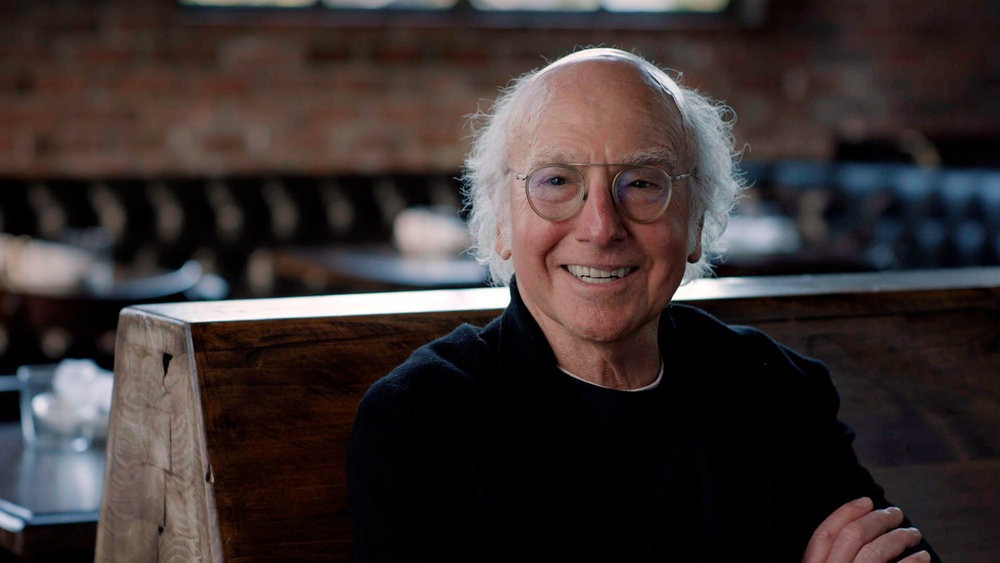COMIC RELIEF
‘Beyond Saturday Night’ fails
“Saturday Night Live” fans can find better behind-the-scenes information through other media.
“Saturday Night Live” fans can find better behind-the-scenes information through other media.


“Saturday Night Live” is celebrating 50 years, and with it, the show is sharing a behind-the-scenes look at its long history.
While the series’ quality shifts in the public’s perspective, the longstanding show remains popular even through its golden anniversary. Boasting iconic comedian alumni such as Eddie Murphy, Adam Sandler and Tina Fey, behind-the-scenes information about the show is easily accessible through interviews, autobiographies and podcast appearances.
The stories of cocaine-fueled all-nighters are not just whispers or gossip but chronicled in countless books such as “Live From New York: The Complete, Uncensored History of Saturday Night Live as told by Its Stars, Writers, and Guests.”
Most recently, Jason Reitman’s “Saturday Night” (2024) dramatized the show’s premiere night and illustrated the chaos that characterized the show’s early years.
The “Creating Saturday Night Live” YouTube series from eight years ago is equally as informative.
All this is to say, there is almost no information that “SNL50: Beyond Saturday Night” provides to viewers that is not already readily available to fans.
The four-part docuseries premiered Jan. 16, with each episode focusing on a different topic.
Episode one, “Five Minutes,” is the best watch. It features a variety of former cast members, including Amy Poehler, Tracy Morgan and Bill Hader reacting to their audition tapes. Each watches with the same mix of embarrassment and love akin to the emotions of looking at middle school photos.
It’s endearing to watch some of the largest names in comedy before they truly “made it” in the industry. Each audition is filled with an earnestness to remind viewers just how much the comedians have evolved, whether it be from five or 30 years ago.
Fans of “Saturday Night Live” are mostly fans of the comedians rather than the show as a whole. As Poehler explains at the start of the episode, viewers gravitate toward the first “SNL” cast they watched. That will always be the time they thought the show was truly funny.
I call the Poehler era, which featured Hader, Maya Rudolph and Andy Samberg, my all-time favorite, and the sketches and recurring segments ingrained in my mind are from that time: “Laser Cats,” “Stefon” and “The Californians.”
This cast diversity makes “SNL” unique and sustains it. New viewers can always be brought in, and there truly is an era for everyone. Saying “the show is not as good as it used to be” is basically just a rite of passage for all fans of the long-running show. Complaints about “SNL” following a cast turnover is one of life’s few guarantees.
Since the episode featured reactions from a cast member of almost every era, “SNL” viewers of all generations have something to appreciate. Still, except for new cast members Heidi Gardner, Ego Nwodim and Bowen Yang, who are interviewed in the episode, all other cast members have already been interviewed in depth in “Live From New York The Complete, Uncensored History of Saturday Night Live as told by Its Stars, Writers, and Guests.”
It is a cute episode, but it mostly attempts to break an old story.
The same repetitive issue arises with the second episode: “Written By: A Week Inside the ‘SNL’ Writers Room.” Viewers follow along for a week at 30 Rock, preparing for Saturday’s live show in Studio 8H. The clips come from Ayo Edebiri’s hosting gig last year and showcase the pitching process, the table read and the dress rehearsal.
“Written By” gives a great overarching view of the production week. Unfortunately, the same look at the show was given through James Franco’s’ “Saturday Night” (2010) documentary. Filmed during the leadup to a 2008 episode hosted by John Malkovich, the film follows the week’s process, interspersed with interviews from the cast and crew of that season.
Not much has changed about the process except for the people doing it. “Written By” has better camera quality, but whether viewers prefer the new episode or the 2010 documentary will almost be based entirely on which cast they prefer. Once again, the docuseries suffers due to the oversaturated market that is “SNL” behind-the-scenes content.
Episodes three and four provide something a bit more niche. The third episode is entirely focused on the “More Cowbell” sketch, while the final episode is centered around the 11th season of the show.
“More Cowbell” consistently makes its way onto “Best ‘SNL’ sketches” listicle and videos. The Guardian explains that it “might be the single most beloved sketch in the show’s history,” so it is not entirely out of left field to lend 50 minutes to the Christopher Walken-Will Ferrell-led sketch.
Unless “More Cowbell” is the single greatest bit of comedy a person has seen, the episode is just best for background noise.
Early “SNL” history reveals that show creator Lorne Michaels left the show for a few years in the ’80s. The show floundered without his leadership. So, once Michaels made his grand return in the 11th season, it was proven that he is integral to the show’s success.
The single-season study grazes upon a more revealing side of the “behind-the-scenes” but still would not be enlightening to the expected-viewing audience for the docuseries, who likely already know the story.
People who care about behind-the-scenes “SNL” trivia have already done their research, so the surface-level stories of “SNL50” have no value besides seeing beloved faces in the familiar halls of Studio 8H. The docuseries is answering questions that have not been asked for years.
Kimberly Aguirre is a senior writing about comedy. Her column, “Comic Relief,” runs every other Monday.
We are the only independent newspaper here at USC, run at every level by students. That means we aren’t tied down by any other interests but those of readers like you: the students, faculty, staff and South Central residents that together make up the USC community.
Independence is a double-edged sword: We have a unique lens into the University’s actions and policies, and can hold powerful figures accountable when others cannot. But that also means our budget is severely limited. We’re already spread thin as we compensate the writers, photographers, artists, designers and editors whose incredible work you see in our paper; as we work to revamp and expand our digital presence, we now have additional staff making podcasts, videos, webpages, our first ever magazine and social media content, who are at risk of being unable to receive the support they deserve.
We are therefore indebted to readers like you, who, by supporting us, help keep our paper independent, free and widely accessible.
Please consider supporting us. Even $1 goes a long way in supporting our work; if you are able, you can also support us with monthly, or even annual, donations. Thank you.
This site uses cookies. By continuing to browse the site, you are agreeing to our use of cookies.
Accept settingsDo Not AcceptWe may request cookies to be set on your device. We use cookies to let us know when you visit our websites, how you interact with us, to enrich your user experience, and to customize your relationship with our website.
Click on the different category headings to find out more. You can also change some of your preferences. Note that blocking some types of cookies may impact your experience on our websites and the services we are able to offer.
These cookies are strictly necessary to provide you with services available through our website and to use some of its features.
Because these cookies are strictly necessary to deliver the website, refusing them will have impact how our site functions. You always can block or delete cookies by changing your browser settings and force blocking all cookies on this website. But this will always prompt you to accept/refuse cookies when revisiting our site.
We fully respect if you want to refuse cookies but to avoid asking you again and again kindly allow us to store a cookie for that. You are free to opt out any time or opt in for other cookies to get a better experience. If you refuse cookies we will remove all set cookies in our domain.
We provide you with a list of stored cookies on your computer in our domain so you can check what we stored. Due to security reasons we are not able to show or modify cookies from other domains. You can check these in your browser security settings.
These cookies collect information that is used either in aggregate form to help us understand how our website is being used or how effective our marketing campaigns are, or to help us customize our website and application for you in order to enhance your experience.
If you do not want that we track your visit to our site you can disable tracking in your browser here:
We also use different external services like Google Webfonts, Google Maps, and external Video providers. Since these providers may collect personal data like your IP address we allow you to block them here. Please be aware that this might heavily reduce the functionality and appearance of our site. Changes will take effect once you reload the page.
Google Webfont Settings:
Google Map Settings:
Google reCaptcha Settings:
Vimeo and Youtube video embeds:
The following cookies are also needed - You can choose if you want to allow them:
